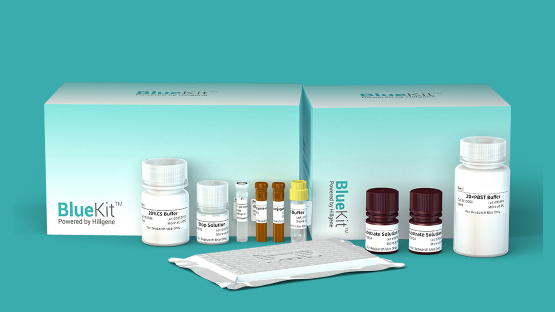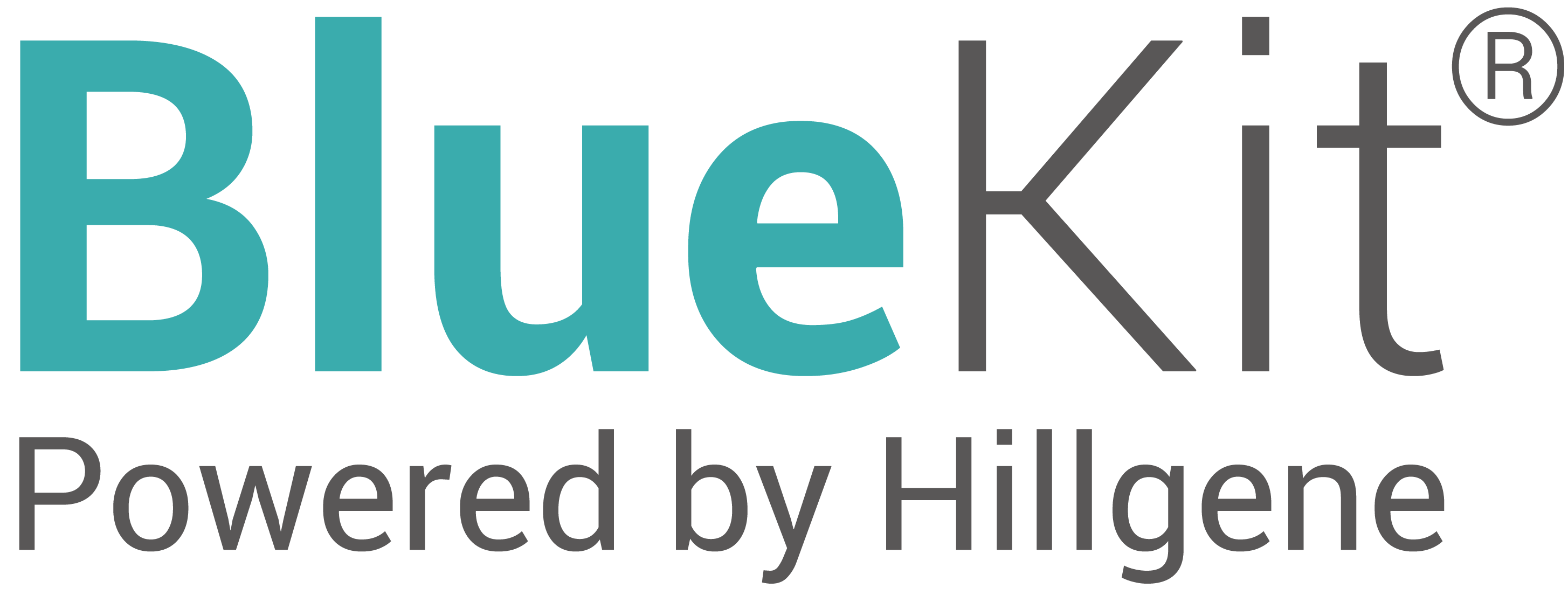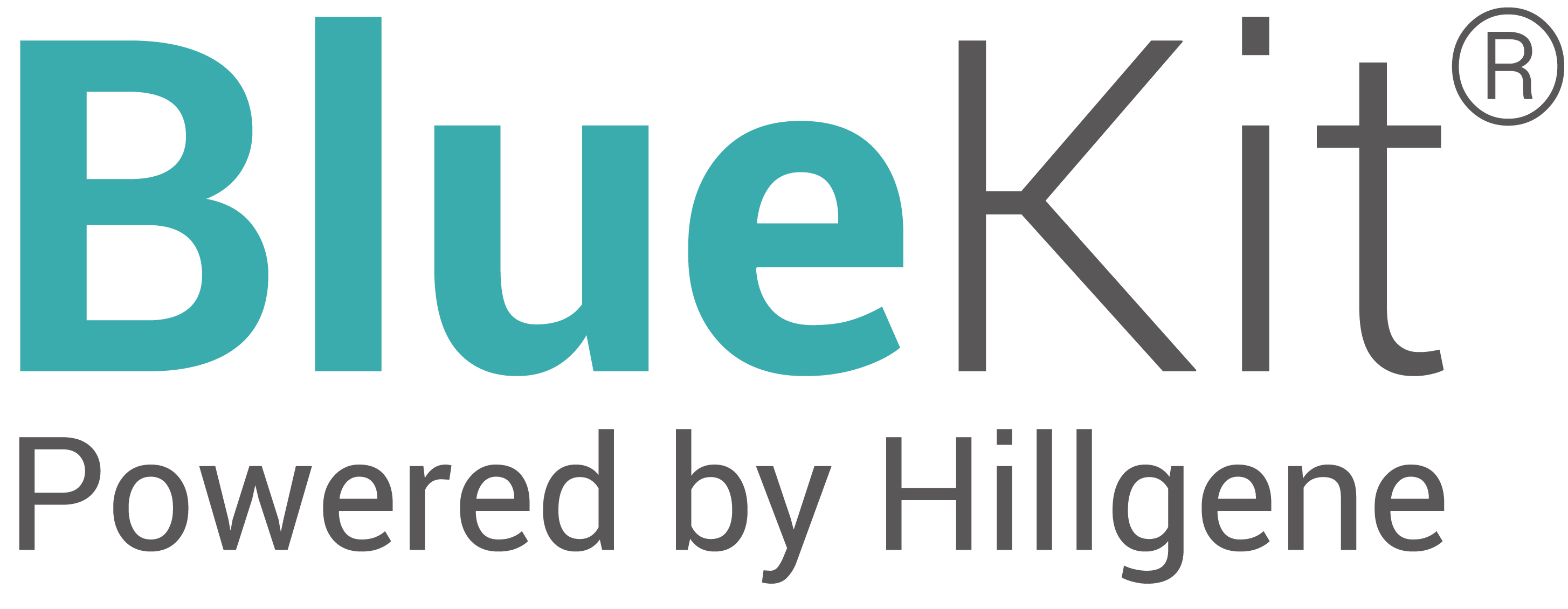Introduction to Plasmid DNA in Vaccine Development
The Historical Context of Plasmid DNA
In the landscape of molecular biology, plasmid DNA has emerged as a cornerstone of biotechnological applications, dating back to the 1960s. Identified as small, circular, double-stranded DNA found in bacteria, plasmids have played a key role in genetic manipulation, facilitating the development of a diverse range of applications, including therapeutic and vaccine development. Their ability to self-replicate makes them indispensable tools in the manufacturing of genetic material.
Significance in Modern Medicine
As plasmid DNA continues to innovate medical treatments, it supports the production of critical biologic drugs and next-generation gene therapies. The role of plasmid DNA has been particularly transformative in vaccine development, providing a foundation for DNA vaccines which are pivotal in combating emerging infectious diseases with speed and precision.
Plasmid DNA Production Techniques
Manufacturing Processes and Challenges
The production of plasmid DNA involves sophisticated processes that ensure high quality and yield, essential for the pharmaceutical industry's rigorous standards. Current manufacturing techniques focus on fermentation and purification, optimizing the replication of plasmids within bacterial cells. However, scaling up production poses challenges, such as maintaining Good Manufacturing Practices (GMP) to meet regulatory requirements.
The Role of Cell Factories
Cell factories are crucial in expanding plasmid DNA production. E. coli is commonly employed due to its efficiency in plasmid replication. Advances in bioreactor technologies have further enhanced production capabilities, allowing for increased scalability and consistency in producing high-quality plasmid DNA for various therapeutic applications.
Role of Plasmid DNA in DNA Vaccines
Mechanisms of Action
Plasmid DNA vaccines operate by introducing a plasmid containing the DNA sequence of an antigen to the host cells, which then express the antigen and stimulate an immune response. This approach is advantageous for its ability to induce both humoral and cellular immunity, offering a robust defense against pathogens.
Applications in Preventive Medicine
The ZyCovD vaccine, approved in 2021 for human use, marked a milestone by demonstrating the practical application of plasmid DNA technology in mass immunization. Plasmid DNA vaccines are being developed for several diseases, showcasing their potential in preventive medicine by providing a safe and effective means of inducing immunity.
Benefits of Plasmid DNA in Vaccines
Production Speed and Flexibility
One of the key advantages of plasmid DNA vaccines is their rapid development cycle. This agility was evidenced during the COVID-19 pandemic, where plasmid DNA played a crucial role in the swift development of vaccine candidates. Their flexibility allows for quick modifications to tackle emerging viral mutations.
Safety and Stability
Plasmid DNA vaccines offer a safe profile, avoiding the use of live pathogens, which minimizes the risk of pathogenicity. Their stability at higher temperatures compared to traditional vaccines also enhances their logistics and distribution, making them suitable for global vaccination campaigns, including in resource-limited settings.
Challenges in Plasmid DNA Manufacturing
Scaling Up Production
The increasing demand for plasmid DNA, alongside the rapid growth of the cell and gene therapy market, highlights the challenges in scaling up production. Manufacturers face bottlenecks in capacity, with backlogs and waiting lists becoming common as industry demand outpaces supply.
Ensuring Quality and Regulatory Compliance
Meeting stringent regulatory standards is imperative. Plasmid DNA production must adhere to GMP, ensuring the product's purity and efficacy. The biopharmaceutical industry is under pressure to enhance manufacturing efficiencies without compromising on these critical quality metrics.
Plasmid DNA in the COVID-19 Vaccine Race
Impact and Contributions
During the COVID-19 pandemic, plasmid DNA was central to the development of several vaccine candidates. The need for rapid production underscored the value of plasmid DNA in enabling agile responses to emergent health crises. Its role in mRNA vaccines also highlights the versatility of plasmids in genetic vaccine platforms.
Case Studies and Outcomes
Numerous vaccine candidates leveraged plasmid DNA for producing antigens, effectively reducing development timelines and accelerating trials. These efforts have yielded critical insights into rapid vaccine deployment, with implications for future pandemic preparedness and response strategies.
Regulatory Aspects and Market Dynamics
Regulatory Landscape
Navigating the regulatory environment for plasmid DNA products is complex, with agencies like the FDA setting high benchmarks for approval. Compliance is crucial, where advancements in regulatory science and streamlined approval processes can support faster access to markets.
Market Growth and Consumer Demand
The cell and gene therapy market, valued at over $14 billion in 2025, underscores the significant demand for plasmid DNA. The sector's growth is propelled by biopharmaceutical innovations and consumer demand for advanced therapeutic solutions, driving investment in production capabilities.
Innovations in Plasmid DNA Technology
Next-Generation Techniques
Emerging technologies in plasmid DNA production focus on enhancing efficiency and scalability. Innovations in fermentation processes and novel purification methods are promising pathways to meet the growing demand for quality plasmid DNA.
Collaborative Advancements
Collaborative efforts within the biotech industry are crucial for advancing plasmid DNA technologies. By fostering partnerships, R&D initiatives aim to streamline production and lower costs, ultimately accelerating the delivery of therapeutic and vaccine solutions to the market.
Plasmid DNA: Future Prospects in Vaccinology
Strategic Implications for Public Health
Plasmid DNA's role in vaccinology represents a strategic asset in global health initiatives. Its application extends beyond infectious diseases, with potential breakthroughs in oncology and personalized medicine. As the technology evolves, its impact on public health is poised to expand significantly.
Market Opportunities
Opportunities within the plasmid DNA market are vast, with biopharma companies continuously seeking novel solutions. Plasmid DNA remains a pivotal component in the development of innovative therapies, highlighting its importance in the competitive landscape of modern medicine.
BlueKit Provide Solutions
BlueKit offers comprehensive solutions to enhance plasmid DNA production, streamlining processes to meet the industry's demanding standards. By leveraging cutting-edge bioreactor technology and advanced purification systems, BlueKit ensures high yield and quality in DNA manufacturing. BlueKit supports scaling up production capacities to address bottlenecks, allowing for timely delivery and adherence to GMP guidelines. With a commitment to innovation and excellence, BlueKit stands as a reliable partner in advancing plasmid DNA applications in therapeutic and vaccine development, paving the way for future medical breakthroughs.

Post time: 2025-08-24 18:20:04











